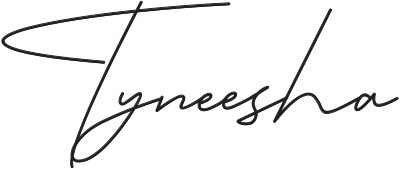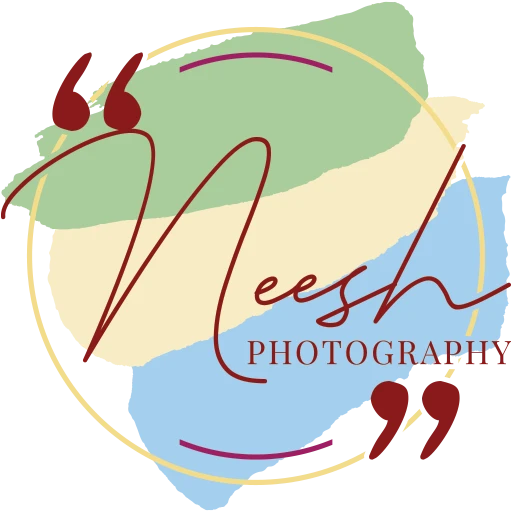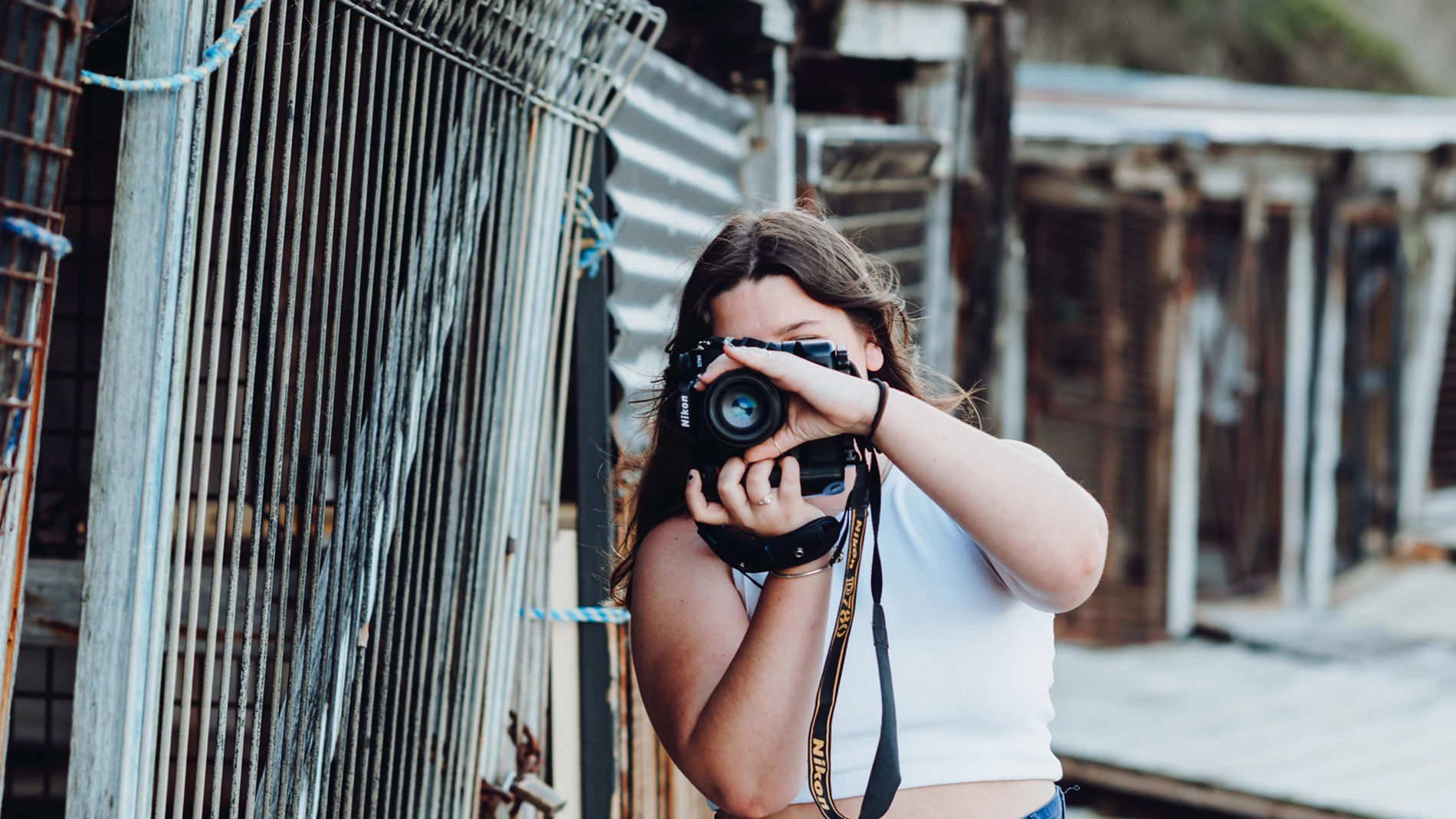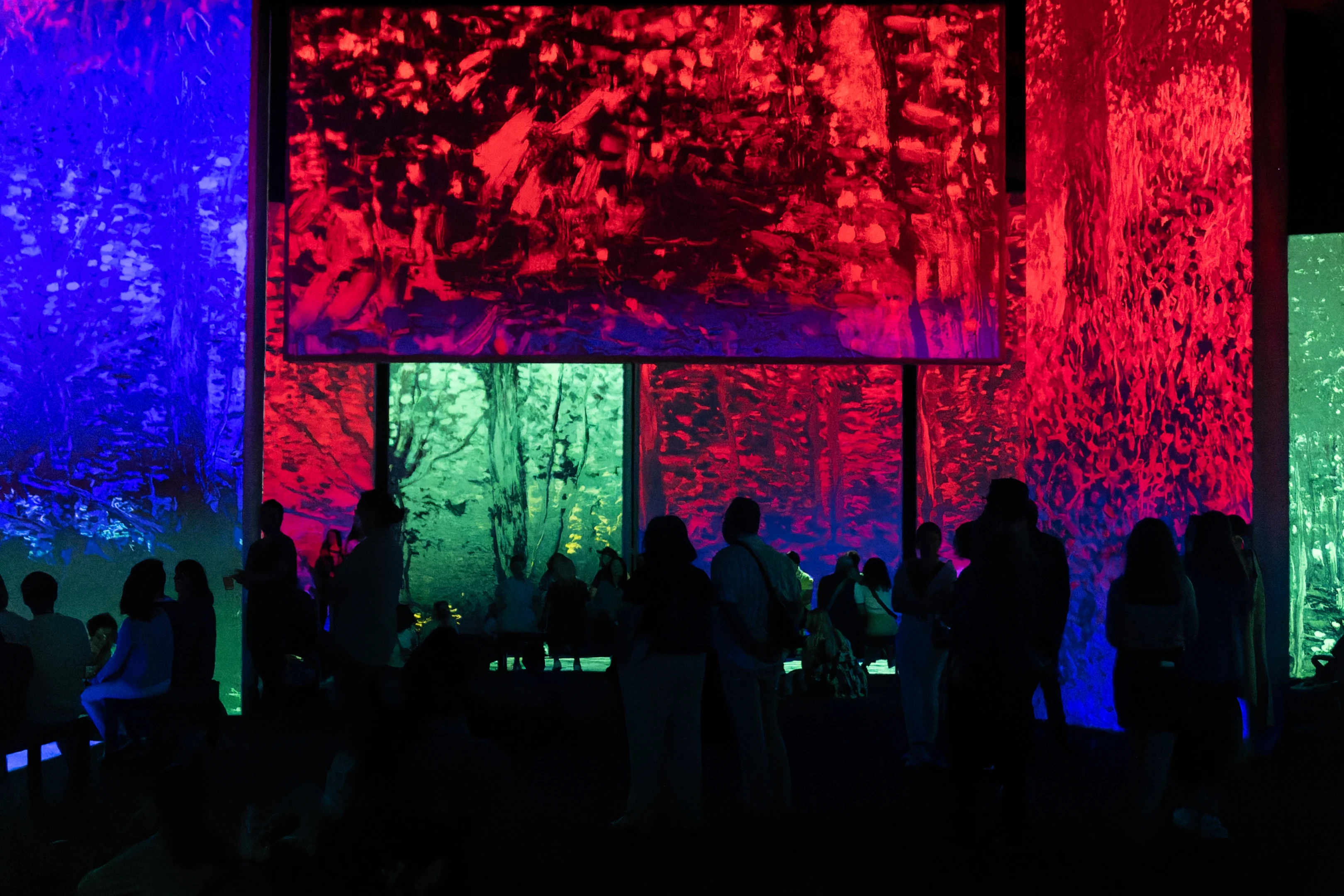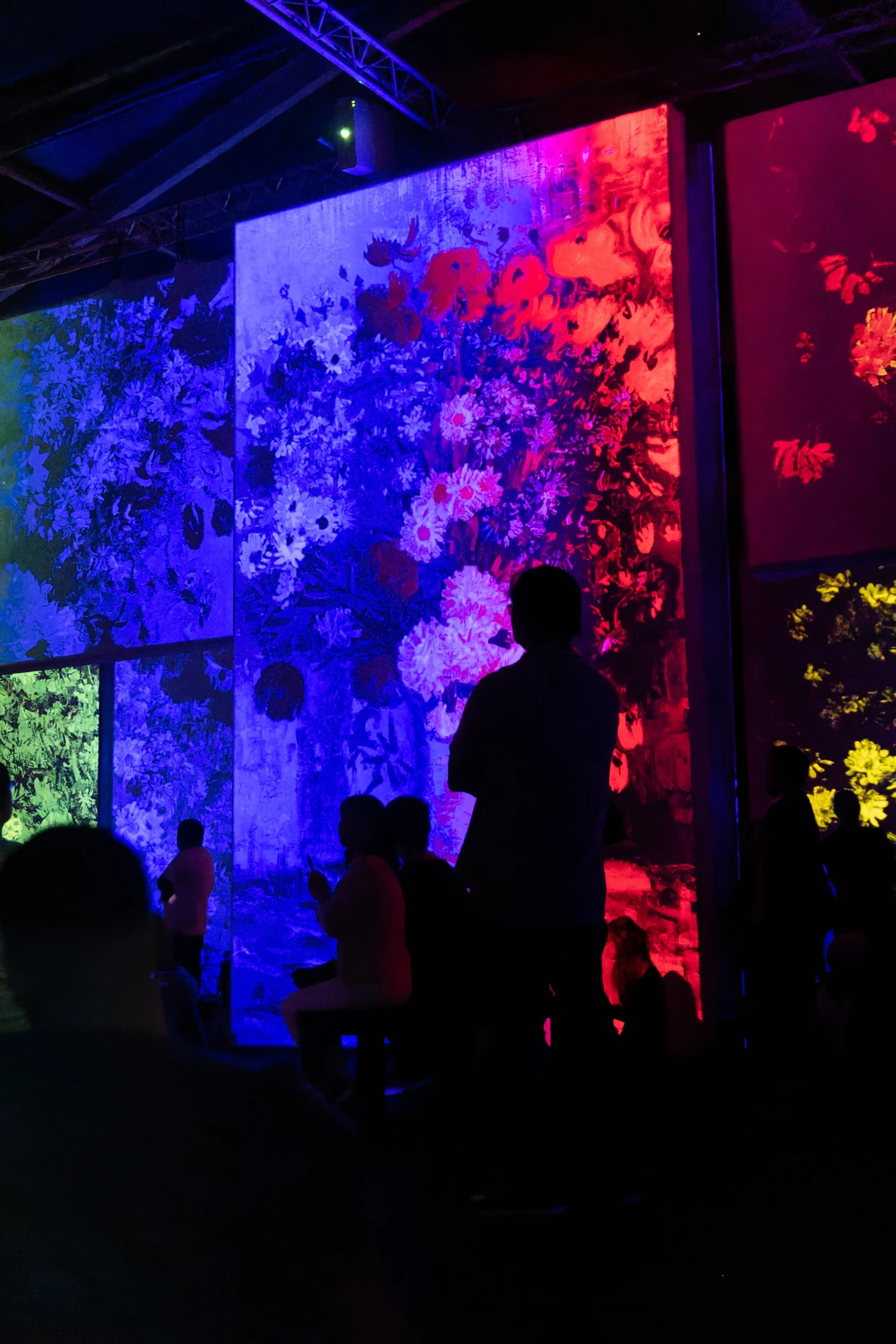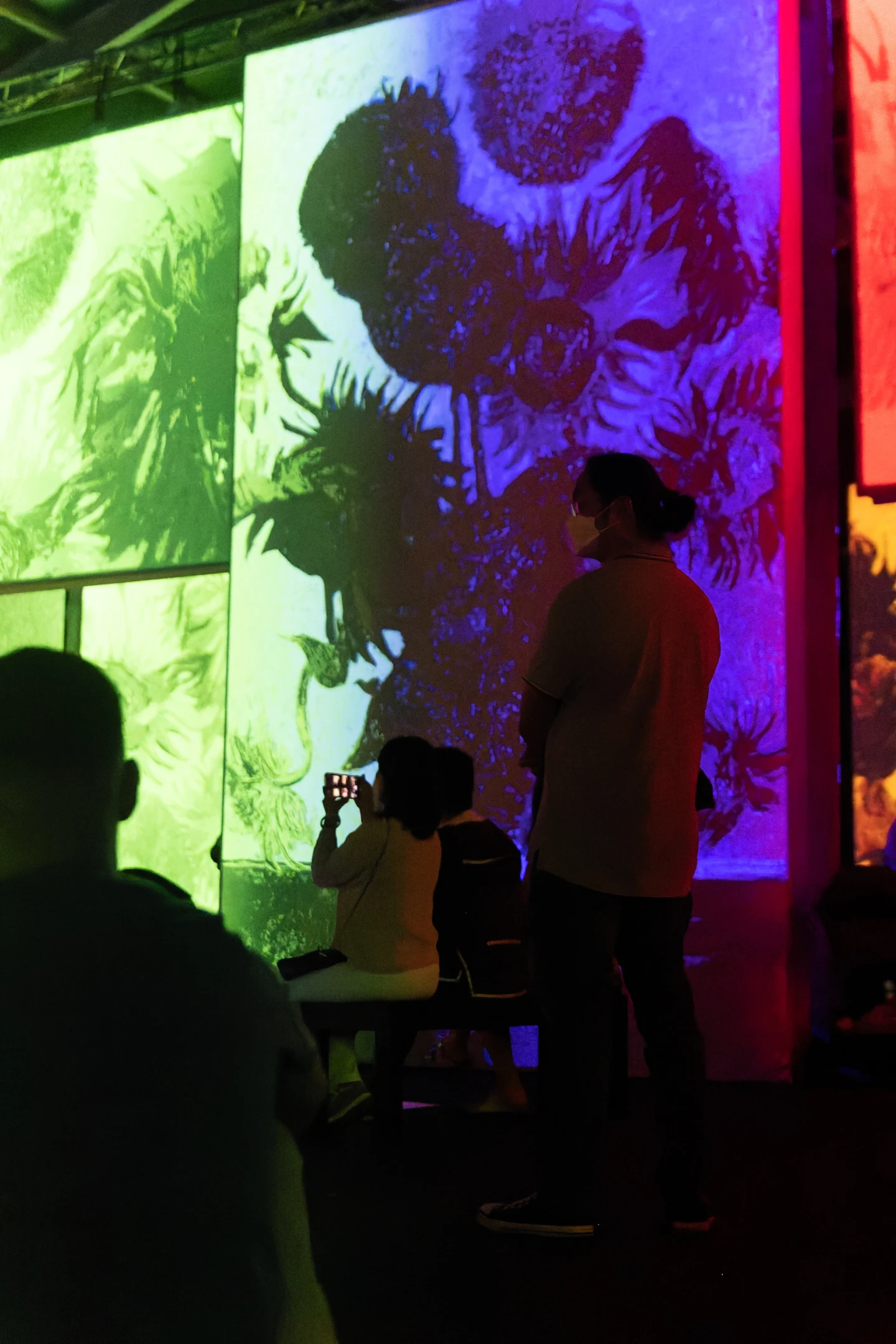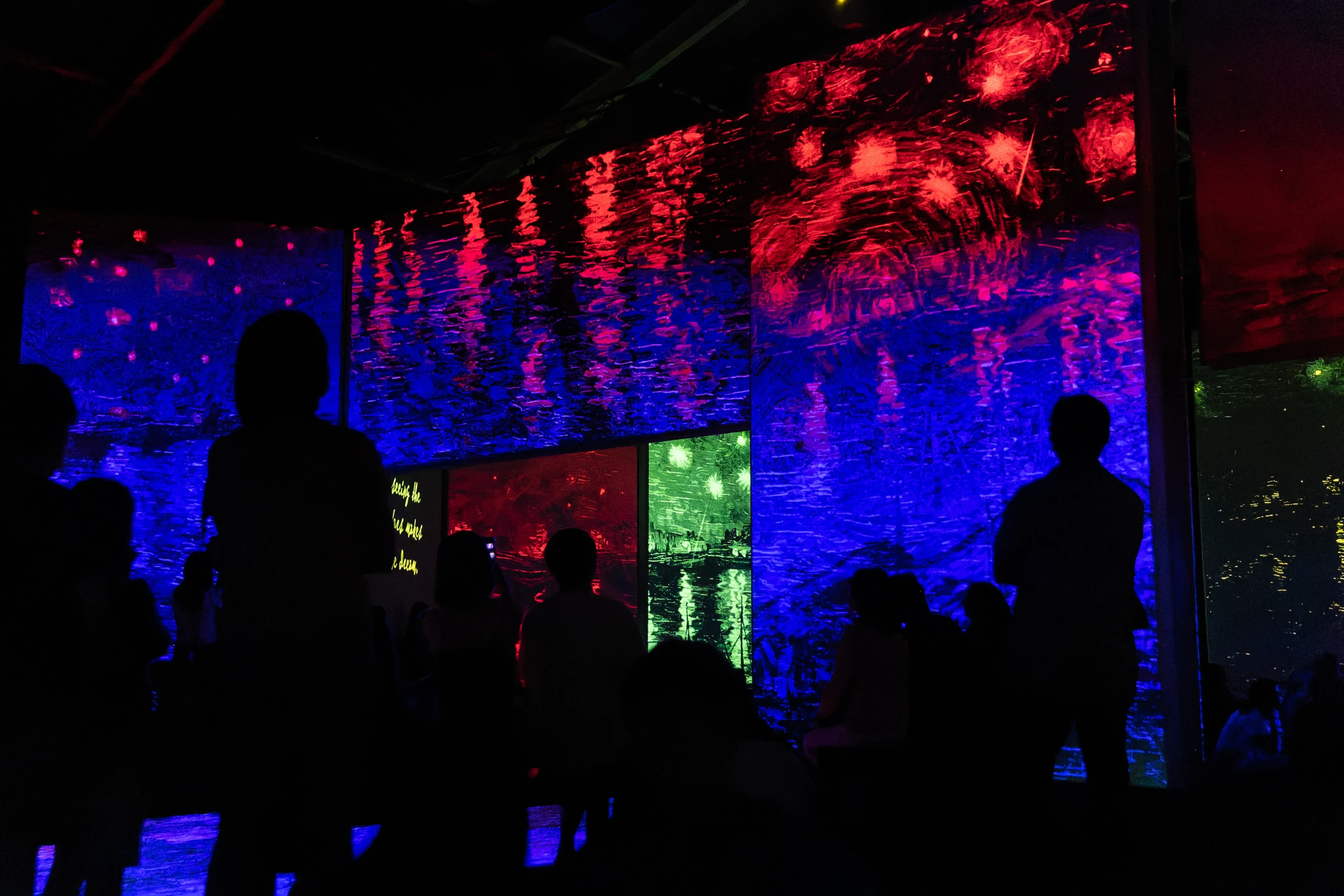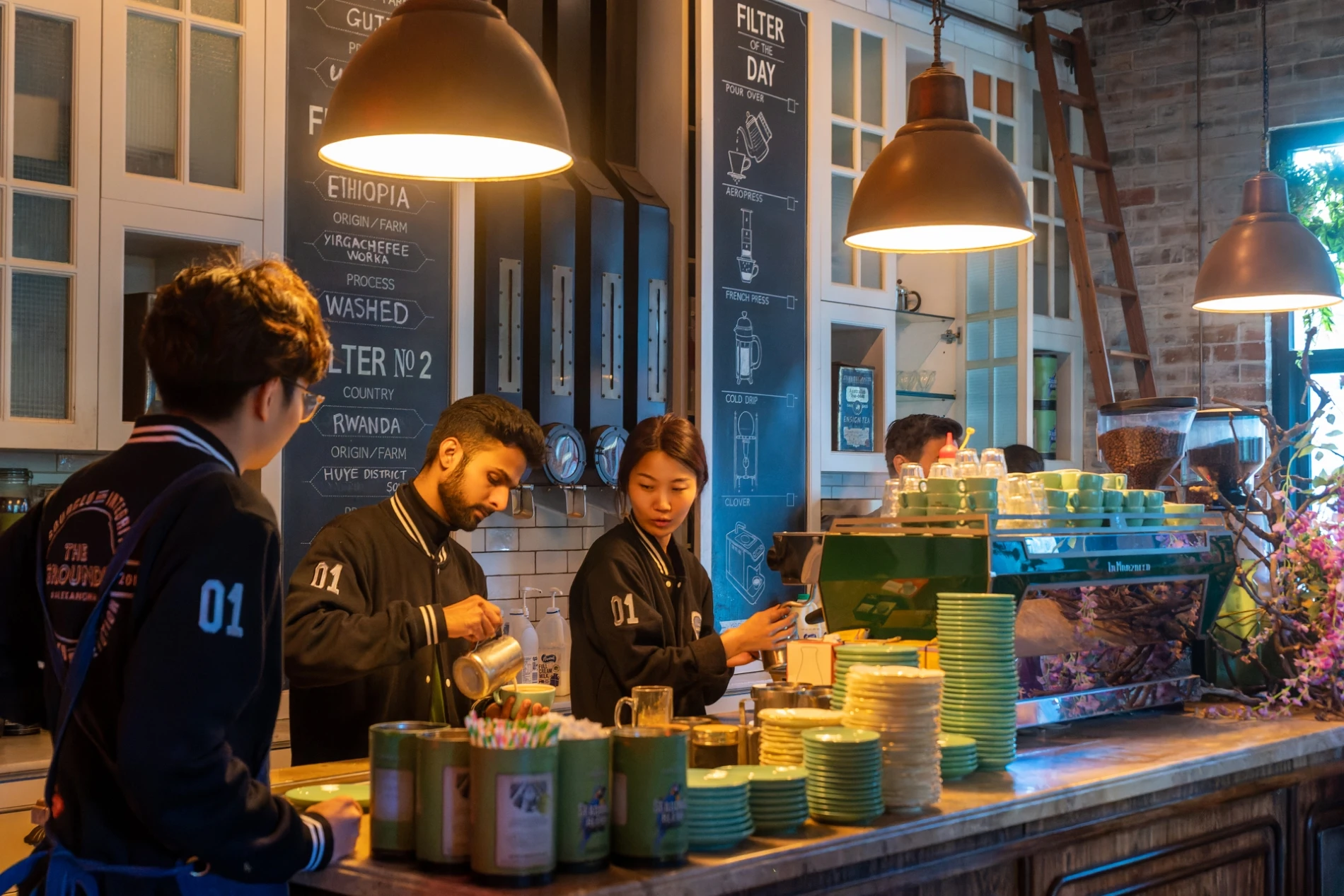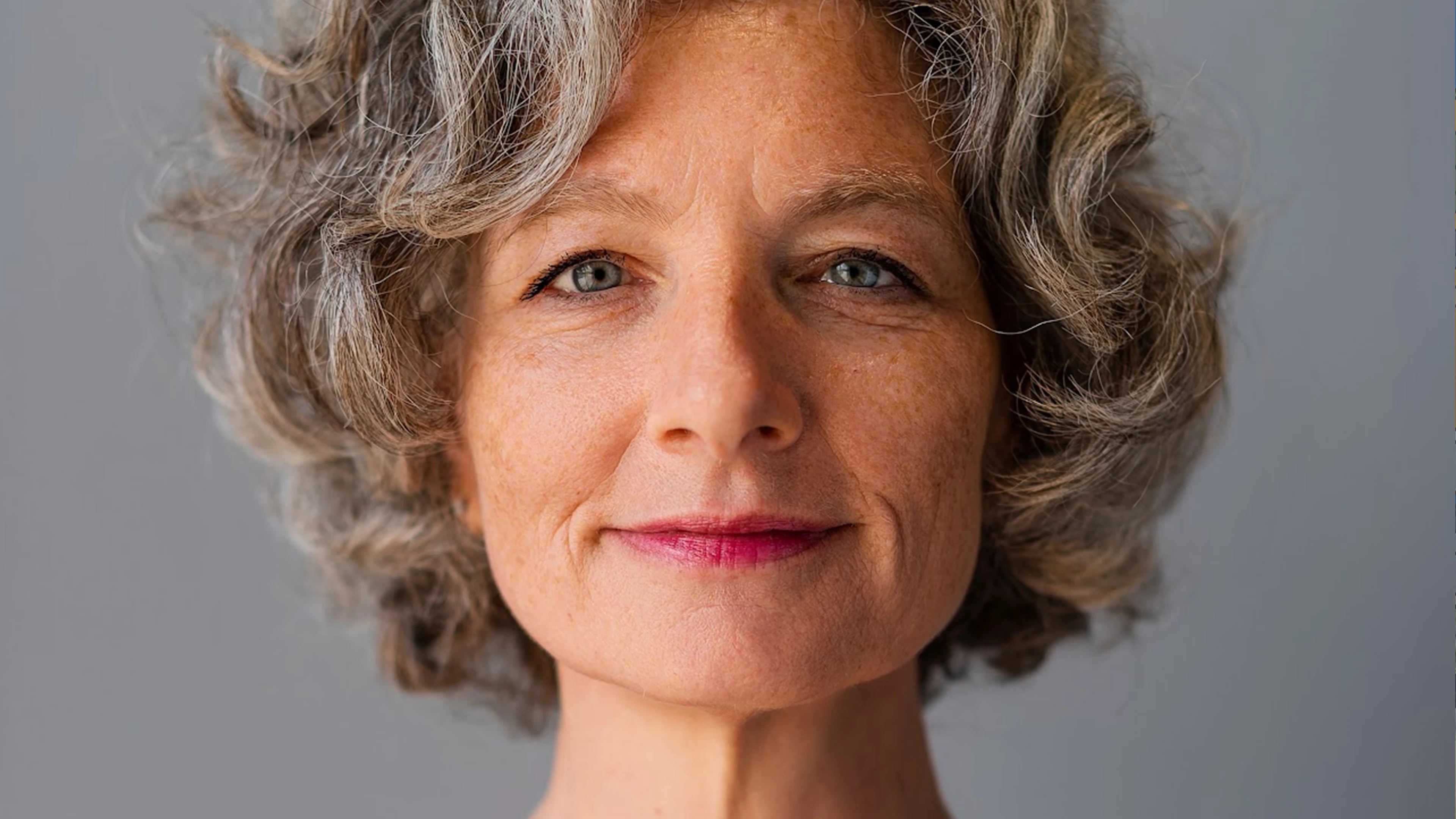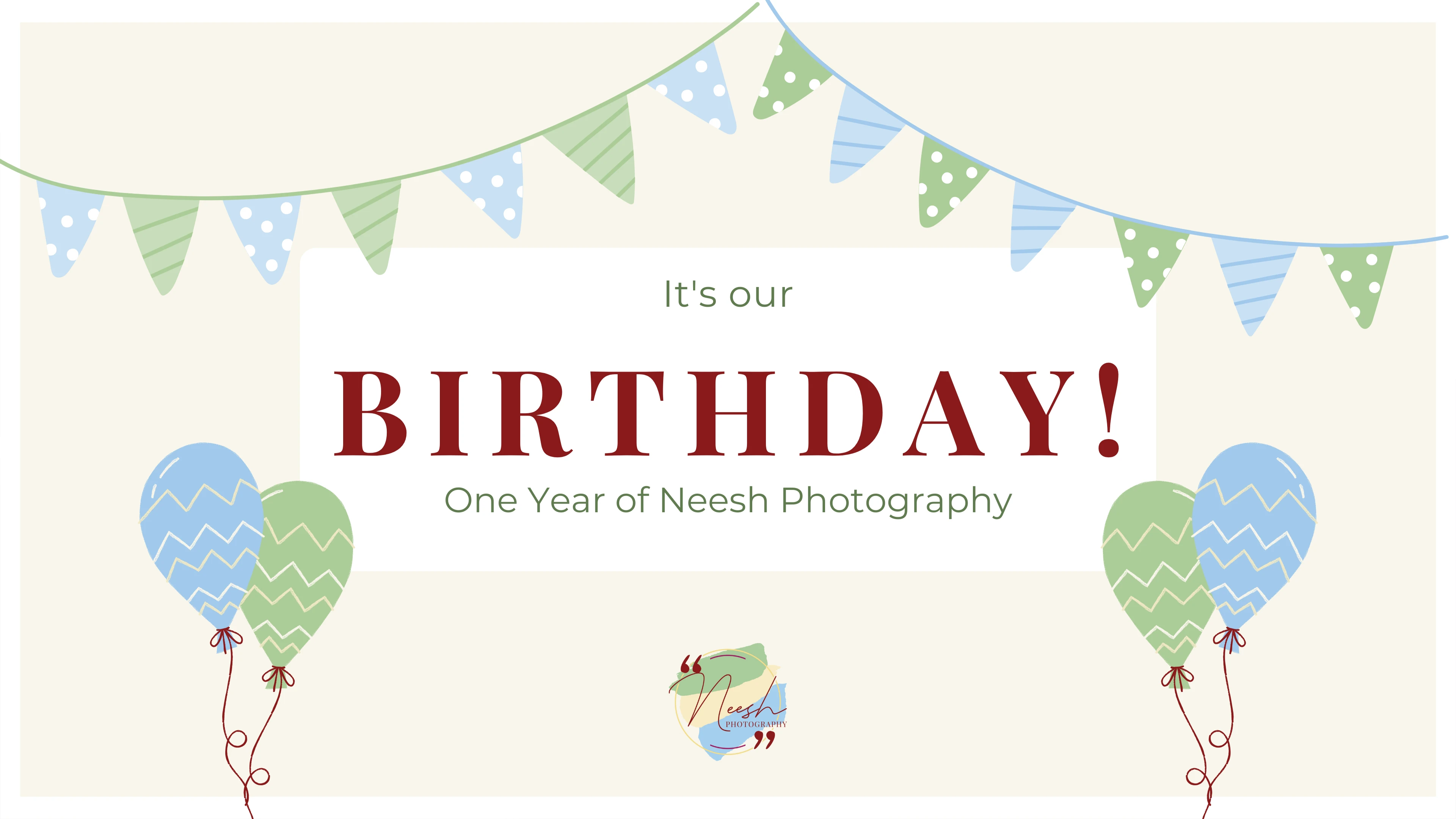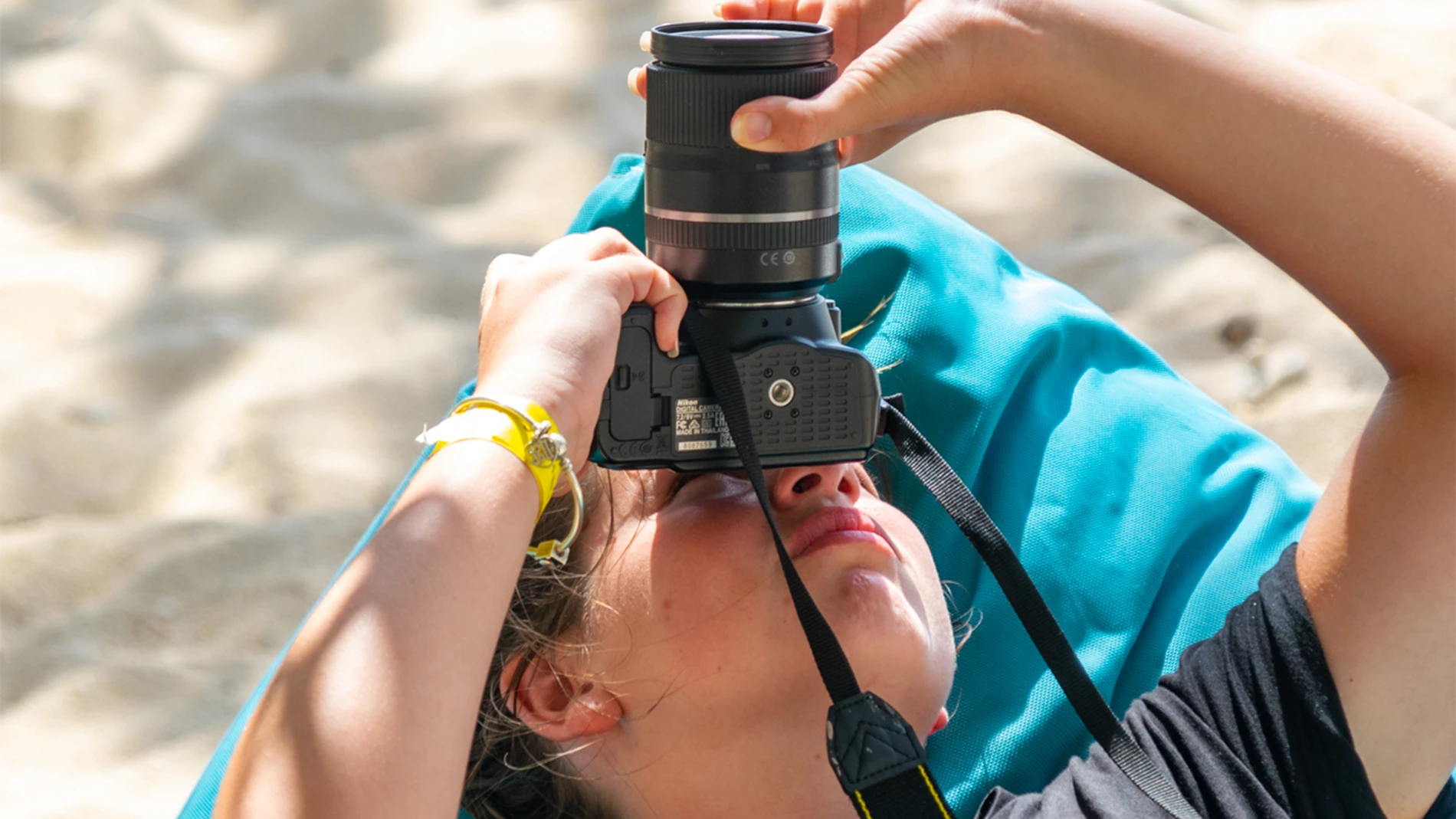25th April, 2024
Last week I attended an art exhibition. I went with some friends to see the Van Gogh Alive exhibition in Sydney. For those who are unfamiliar, the event involves a room full of projection screens that tell the story of Gogh’s life and death through his art. You walk into a dark room and watch this presentation unfold for about 10 minutes, and then there are some other minor attractions to see. It was really fun and absolutely beautiful. Naturally, I took a few photos. You can imagine my shock and shame when I came home, imported the photos from my camera, and realised that I butchered the photos so badly that the exhibition is entirely unrecognisable.
I lost an insane amount of detail. You might look at these photos thinking “I don’t recognise this Van Gogh work”. My settings were so unsuitable for the situation that I lost basically all range of colours. What you’re looking at is Van Gogh, but if he only owned 4 un-mixable paints. Or made art inspired by an infrared camera. It’s genuinely disastrous and borderline treasonous.
So, how did I go so wrong?
I’ve had a hefty couple of weeks in terms of photography work. I’ve been shooting a lot of images for a lot of my time, under someone else’s guidelines & creative briefs. Those close to me know I can be rather self-critical, even at the best of times. Employers and clients have consistently referred to me as ‘detail oriented’, and when I’m shooting images for someone else’s use, or a paying customer, of course, I am under pressure to ‘get it right’, as much as possible. Mostly, I’ve hit the mark. It seems, though, that I had a moment of extreme self-assurance, sitting there in that dark room thinking “oh yeah, whatever settings I’ve got is fine”. Maybe I’ve grown reliant on editing software, but to be frank, most of the photos are unsalvageable.
Here, I have absolutely no explanation for how I got it so wrong. It’s a cosmic mystery and an unmistakable anomaly, but in all honesty, I simply did not think to check my settings. Maybe I was excited, distracted, tired or plain ignorant. No big deal. It happens. We live and we learn. There have been plenty of instances where I thought VERY hard about my settings, and butchered it regardless. I always wind up figuring out where I went wrong, after a respectful mourning period and healthy identity crisis.
I’ve been using digital cameras since I was about 14 – and I can count on one hand how many times I’ve used a camera in auto mode. I have spent years wrapping my head around the science behind how photography works, and how each setting affects the others. As someone who basically only learns through experience, take it from me, you can read every article, watch every YouTube video, talk to everyone you know, and every time you think you’ve got it figured out, the vermin rat that is the exposure triangle, will still sneak in and ruin your work. It’s ridiculously complicated to understand the theoretical reality of it, and the mechanics of it, and then apply that to a variety of situations in real life. I’ve made many, many mistakes trying to figure it out.
In my mind, that all means that I am qualified to explain the things I am still always re-learning. So if you’ve been trying to figure it all out, read my dot-point explanation below – I hope some of it sticks for you.

Quick Tips
